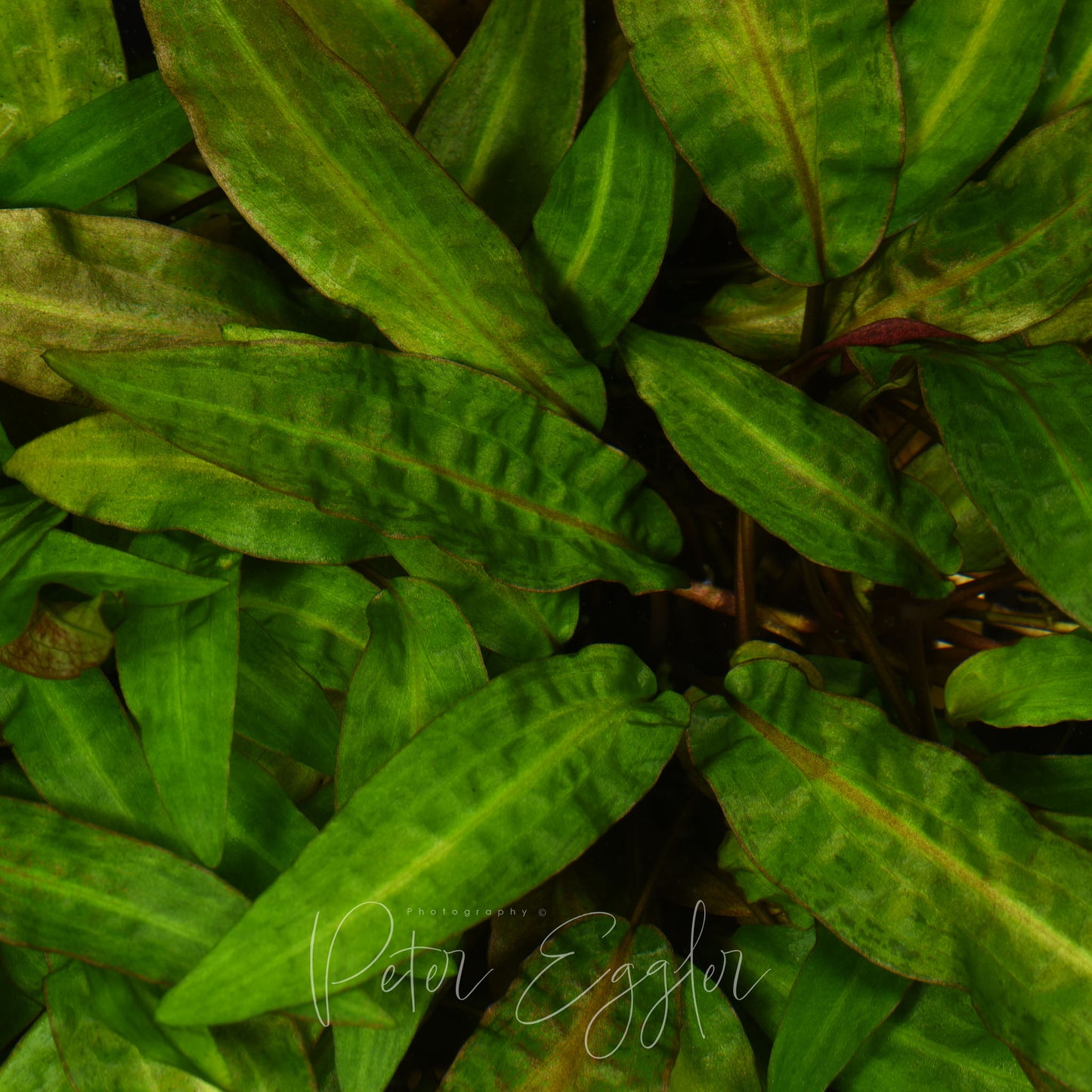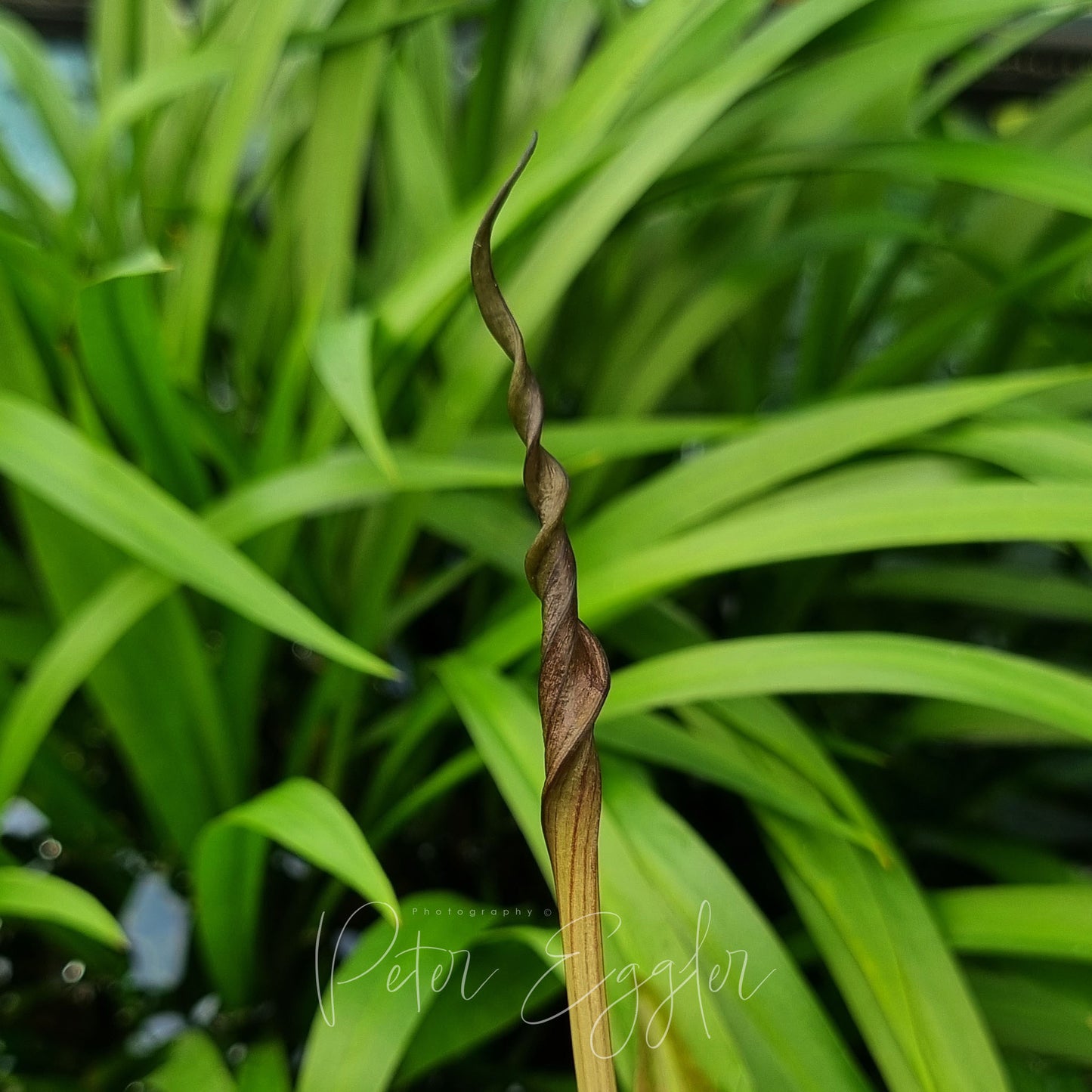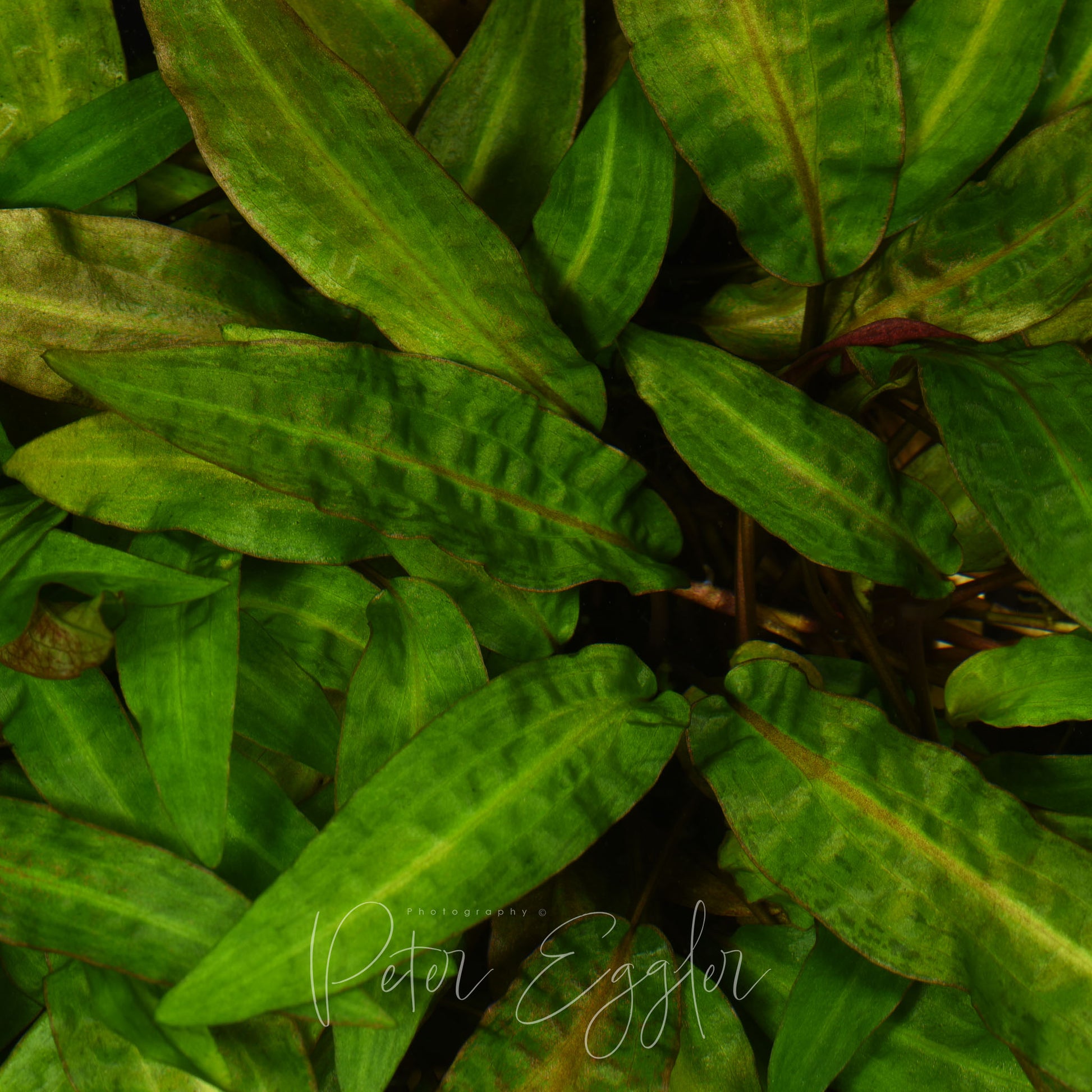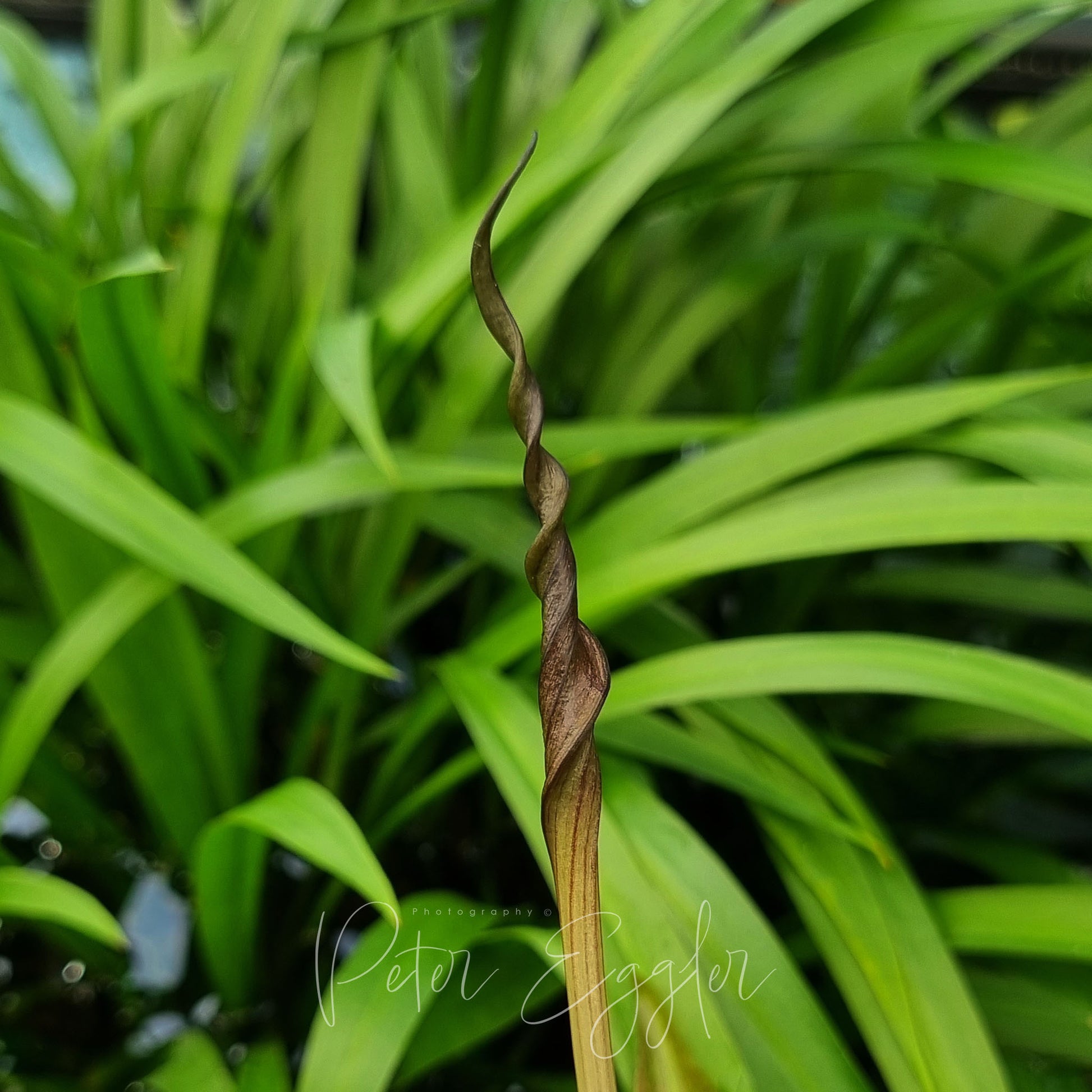Cryptocoryne affinis 'Haerteliana'
Cryptocoryne affinis 'Haerteliana'
Out of stock
Plant Size/Portion Size:
Plant Size/Portion Size:
Couldn't load pickup availability
Plant Name: Cryptocoryne affinis ‘Haerteliana’
Tankquility Catalogue #: TQ-01466
Synonyms/Trade Names: Cryptocoryne haerteliana
Original Plant Sourced as: Cryptocoryne affinis ‘haerteliana’
Plant Family: Araceae
Plant Native to1: Cryptocoryne affinis is widespread in West Malaysia; one collection locality is recorded from Southern Thailand. (the crypts pages - http://www.cryptocoryneworld.org/index.php). The precise area from where the form known as ‘Haerteliana’ originates is unknown.
Plant Type: Semiaquatic
Image Details2:
Image 1: Cryptocoryne affinis ‘Haerteliana’ grown submerse in a greenhouse pond.
Image 2: The limb of a spathe of Cryptocoryne affinis ‘Haerteliana’ showing typical spiralling.
General Information and Cultivation3: A small-size crypt, easy to cultivate submerse. This clone is the original form of C. affinis to be introduced to aquarium hobbyists (in Europe) and became very popular in the 1950’s under the name C. haerteliana (see the crypt pages). Though originating from limestone areas, Cryptocoryne affinis ‘Haerteliana’ is adaptable to water (soft to hard) and substrate (slightly acid to alkaline) conditions.
Growing this crypt emerse is possible under high humidity/misting and low to moderate light intensity. It can be difficult to transition the plant from submerse to emerse form.
Identification Notes: Tankquility has flowered this clone and confirmed its identity as belonging to the species Cryptocoryne affinis.
Ease of Care: Easy
Plant Size/Portion Size:
Submerse grown plant: Medium-size plant with strong root development.
Further Reading:
1 Distribution is taken from Plants of the World Online (https://powo.science.kew.org/) unless stated otherwise.
2 All images used on the Tankquility website have been taken of plants growing in our nursery.
3 The general and cultural information provided is based on our own experience and observation. If we supply information from others, we have acknowledged the source.
SKU:
View full details

-
Plants can alter their appearance due to seasonal influence, or in response to different environmental conditions or stage of maturity. This phenomenon is known as phenotypic plasticity, and it is especially evident in Aquatic/Semiaquatic plants. Whilst we endeavour to portray a plant accurately, the plant you receive may have been growing under different conditions or be at a different stage of maturity to the one in the image(s) provided.
How we package your plants...
-
Aquatic/Semiaquatic plants will be shipped bare-rooted and wrapped in damp paper for protection when required.
-
Terrestrial/Epiphytic plants will be shipped bare-rooted and the roots wrapped in damp sphagnum moss for protection when required.


